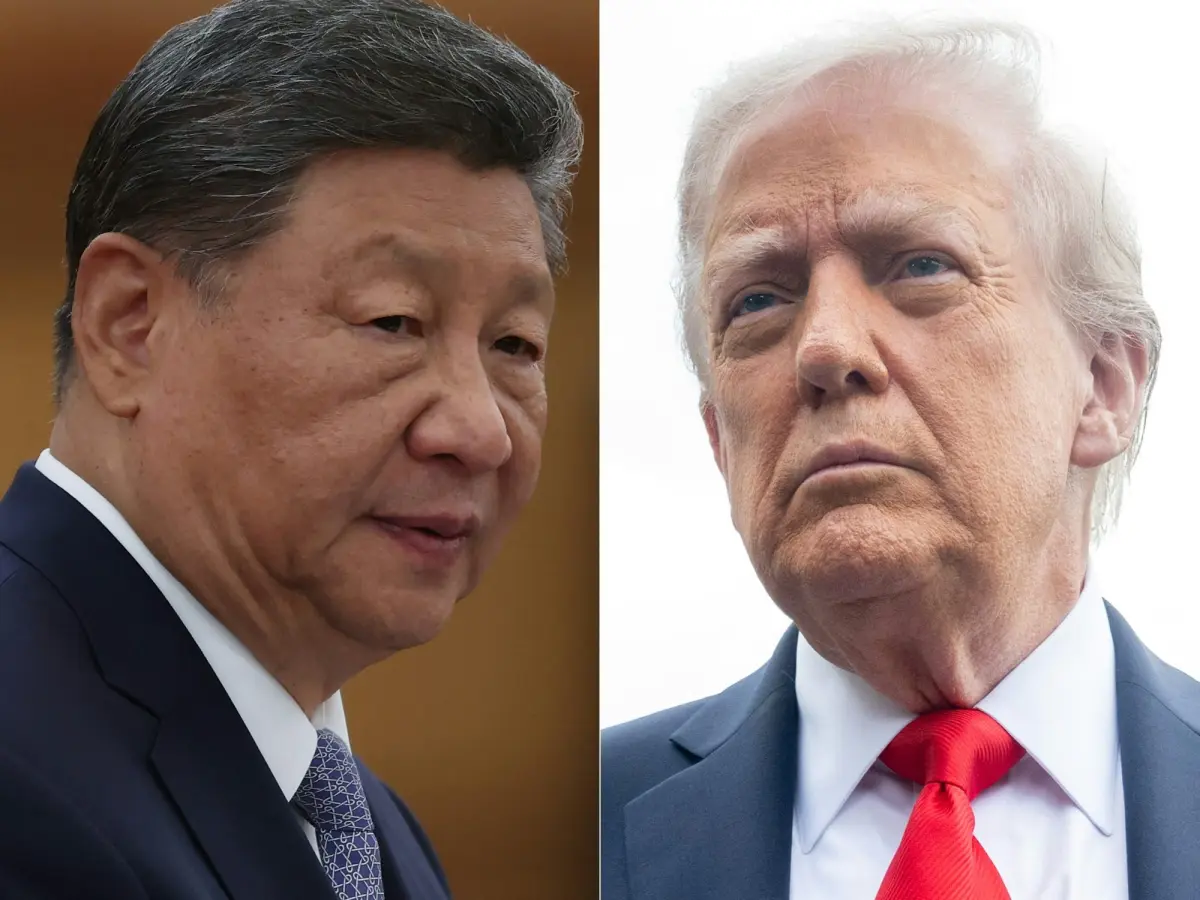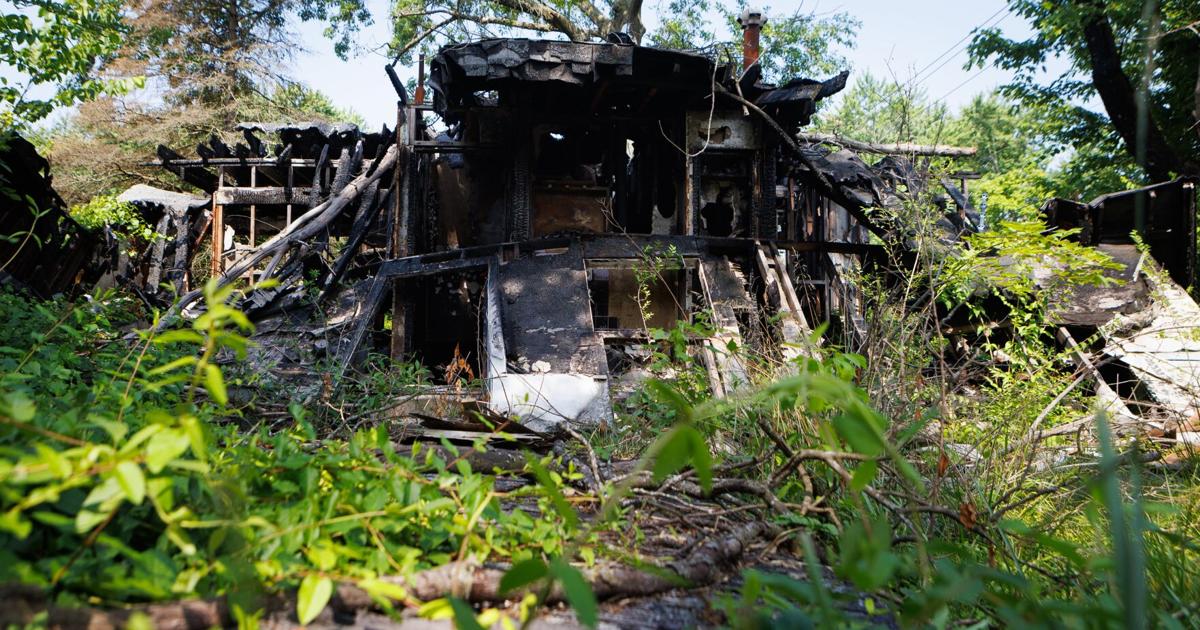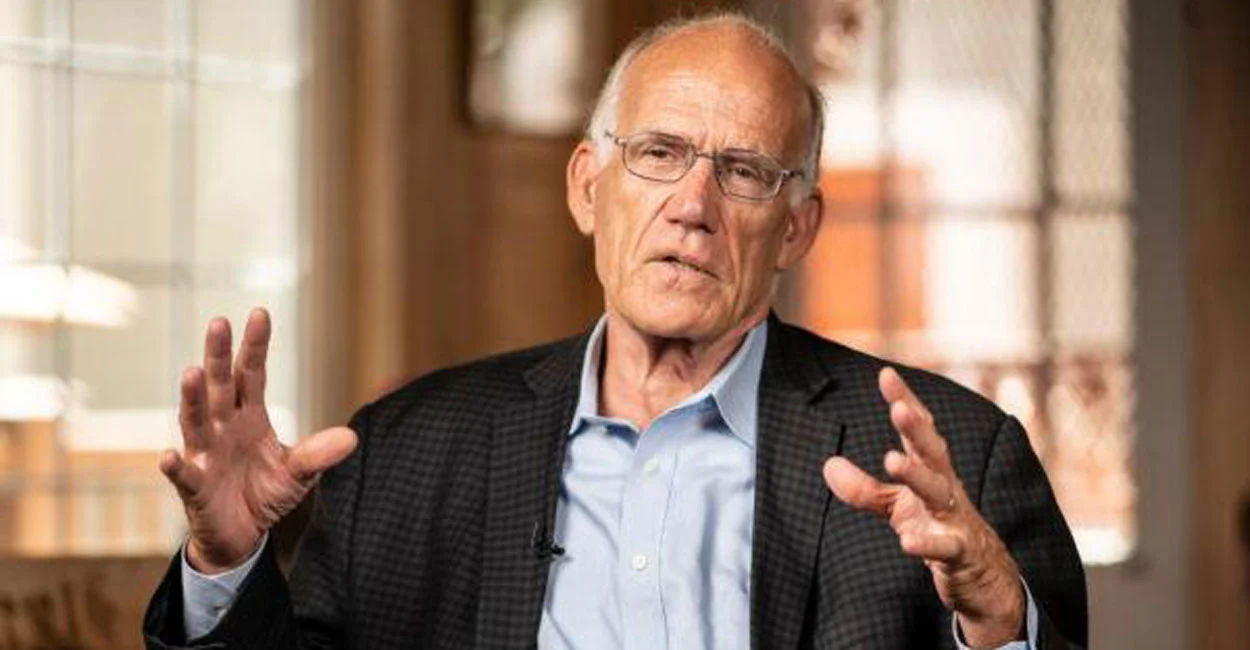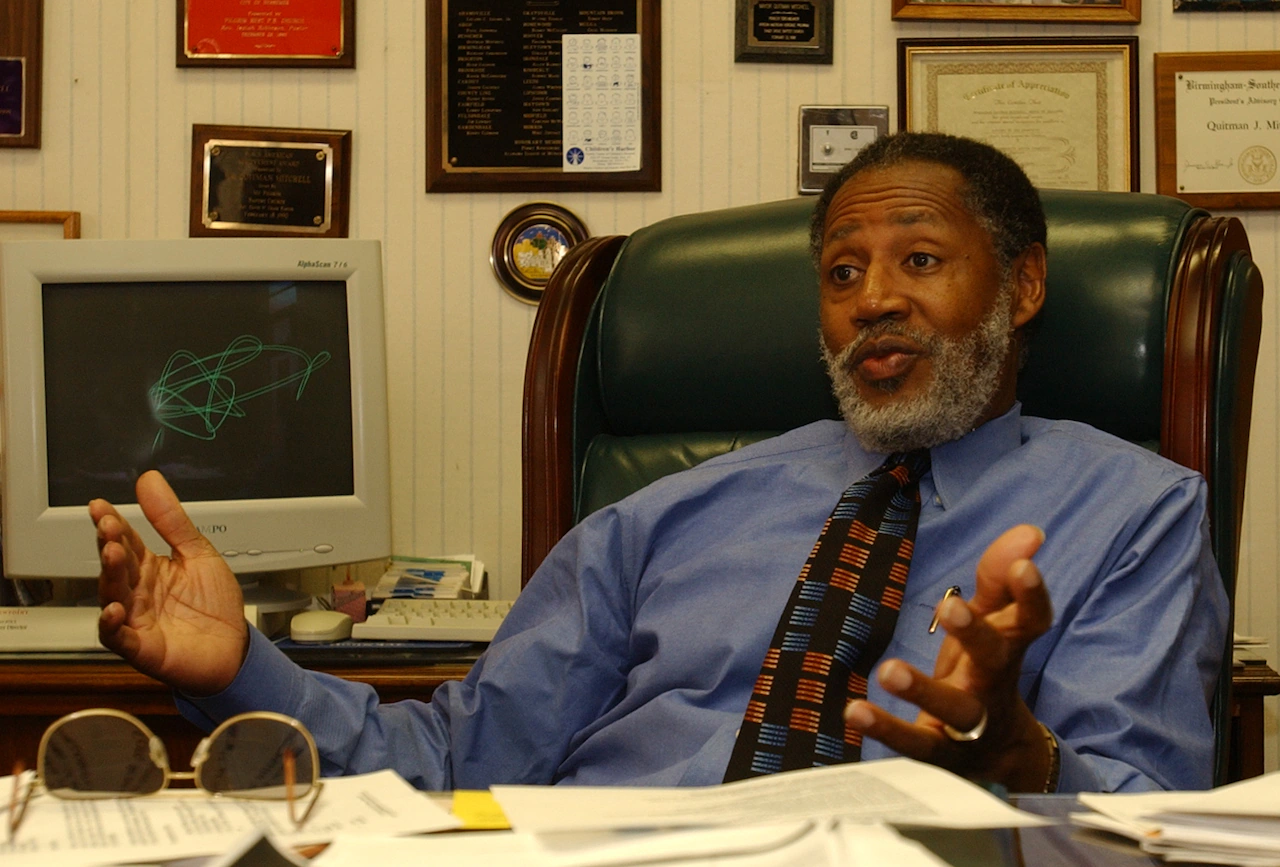Copyright news18
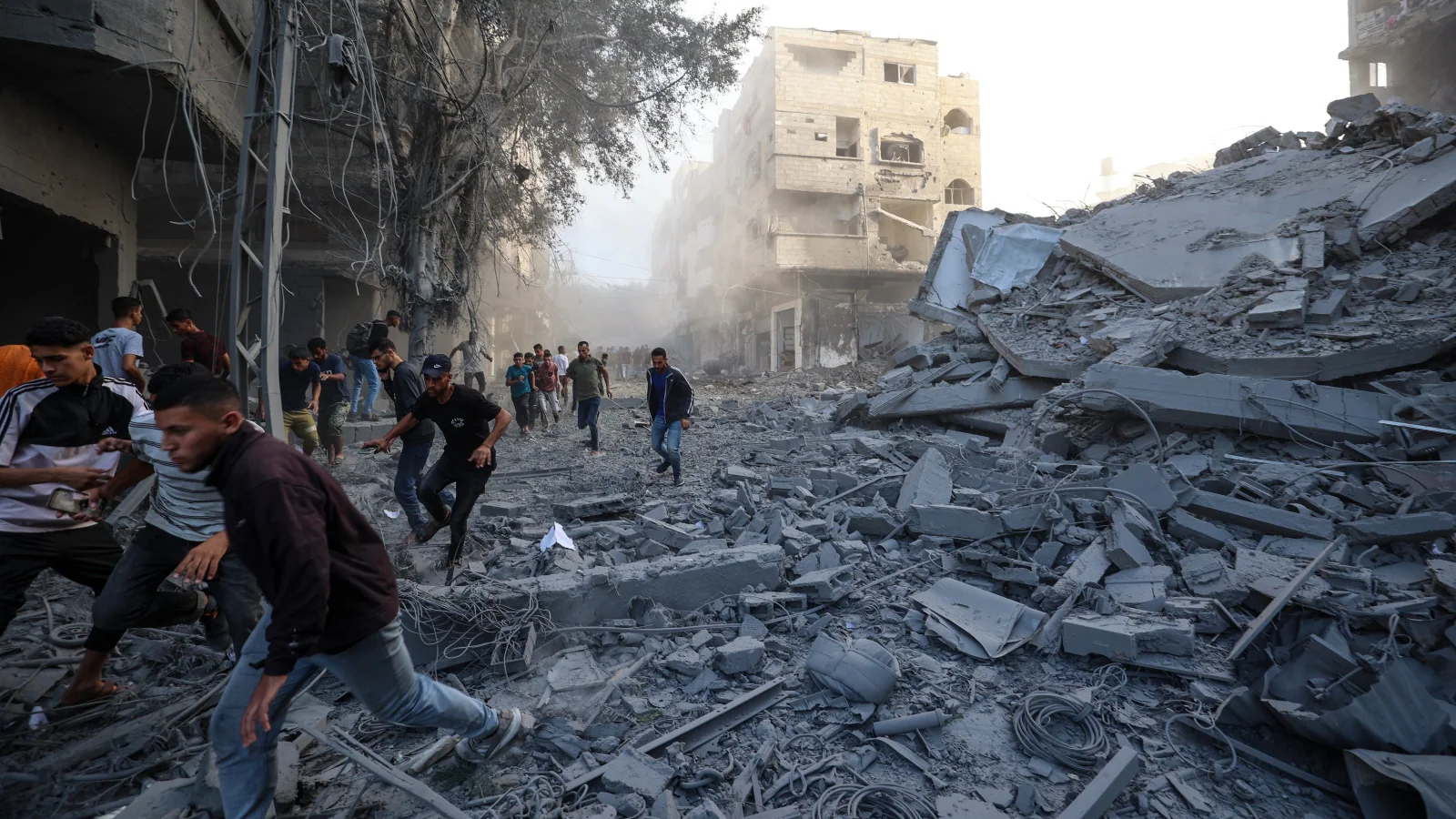
There are moments in war when silence feels less like peace and more like a held breath. Gaza, battered by months of bombardment and human loss, has entered one such moment. The ceasefire, brokered through a lattice of American, Egyptian, and Qatari diplomacy, was never built to last; it was built to buy time. Time to exchange hostages. Time to move aid. Time to decide what comes next. But time, as history often reminds us in this region, is a scarce and contested resource. THE DEAL THAT HOLDS BY THREADS The agreement, stitched together under intense American pressure, halted large-scale Israeli offensives and opened Gaza’s borders to a trickle of humanitarian relief. In return, Hamas pledged a halt to attacks and the gradual release of hostages—living and dead. Behind the choreography of diplomacy lies the scaffolding of mistrust. Each clause is shadowed by suspicion; every delay interpreted as betrayal. Both sides agreed, yet neither truly consented. American officials privately describe this deal as “the most fragile understanding in a decade”. Its architecture depends not on signatures, but on restraint—an unstable foundation in a war shaped by vengeance. WASHINGTON’S WATCHFUL EYE Inside the corridors of Washington, the tone is more anxious than triumphant. Senior US officials have voiced growing concern that Israeli Prime Minister Benjamin Netanyahu might seek to unravel the truce. US Vice-President JD Vance’s arrival in Israel, joined by advisers Steve Wittkoff and Jared Kushner, is not mere symbolism; it is surveillance. Their mission, in the words of one US diplomat, is to “keep the ceasefire breathing”. The White House faces its own domestic calculus. To abandon the truce would mean forfeiting months of diplomatic capital; to pressure Israel too harshly risks domestic political backlash. The administration treads a narrow ridge between principle and pragmatism, between ally ship and accountability. NETANYAHU’S TIGHTROPE Benjamin Netanyahu has rarely been a man of half-measures. His language remains defiant: Israel, he insists, will not rest until Hamas is disarmed and Gaza demilitarised. That vision clashes with the logic of a ceasefire, which demands coexistence—however temporary—with the enemy. At home, Netanyahu faces a government pulled by extremes. Hardliners in his coalition see the ceasefire as an abdication of purpose, a pause that lets Hamas regroup. Moderates fear the cost of renewed war: international isolation, economic strain, and the erosion of public faith. The prime minister’s balancing act is perilous. Each concession to peace risks rebellion from his right flank; each gesture toward war risks alienation from Washington. THE GROUND BENEATH GAZA Inside Gaza, the ceasefire feels uneven. Israeli troops have halted large-scale offensives but continue limited operations in what they call “targeted zones”. Hamas, bruised yet unbroken, maintains a tense silence—its guns sheathed, but not surrendered. Humanitarian aid convoys roll through cratered streets. The living queue beside the ruins of the dead. Amidst the dust and fatigue, there is a grim understanding: this is not peace, merely its impersonation. When Gaza breathes, it does so with lungs still filled with smoke. THE DIPLOMATS’ DILEMMA For mediators, from Doha to Cairo to Washington, the next phase looms large: the disarmament of Hamas, the withdrawal of Israeli forces, and the creation of an international stabilisation presence. Each of these steps is a minefield of politics and precedent. The United States, still the indispensable power, finds itself in a reluctant custodial role—guardian of a truce it did not entirely design, between adversaries it cannot fully trust. It is not the first time America has played this part. But rarely has the stage been so volatile, nor the spotlight so unforgiving. BETWEEN PAUSE AND PEACE Ceasefires are not peace treaties; they are moments of breath in a war’s long sentence—pauses in bloodshed that test the imagination of those who sign them. The Gaza ceasefire is one such test of discipline, diplomacy, and the willingness to believe in something other than reprisal. As dusk settles over the Mediterranean, the ceasefire lives—tethered by fear, fatigue, and fragile calculation. Peace remains distant, but for the first time in many months, the sound of silence is, however briefly, a beginning.
